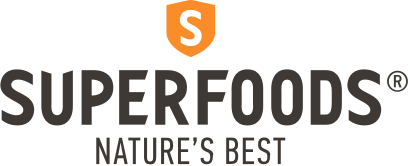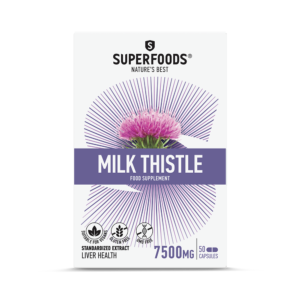
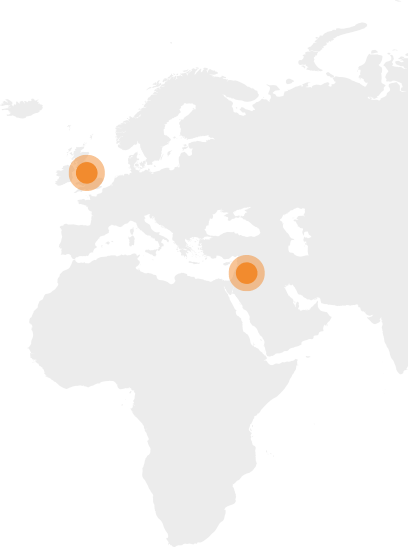
Milk Thistle
Active substance: Silimarin
Geographical Spread
Thistle is a plant that grows mainly in the Mediterranean and SW of Europe. In recent years, it has been acclimated to other areas such as America, Australia and China. It is grown randomly in many parts of the world and can be found on the edges of the streets, in lowland areas and in cultivated lands.
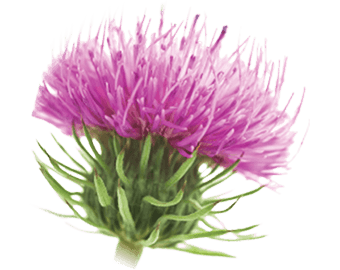
Historical Features
Thistle has a long history in traditional Western healing in the treatment of liver problems, which is also documented by clinical data. According to the World Health Organization, it is used as a supportive treatment for acute or chronic hepatitis and cirrhosis caused by alcohol or toxins. Traditionally, it is also used for digestive disorders and gallstones.
Pharmaceutical Use
Its scientific name is Silybum marianum and derives from the Greek word "sillybos", which means tuft or tuff. Its flowers are distinctly purple, making it a widely used ornamental plant. The first references are found in the texts of Theophrastus in the 4th c. BC. According to mythology, Centaurus Chiron holds in his hand the "Mega Centaurius" (name for the thistle in Dioscourides texts) to heal the wound that was caused by Hercules.
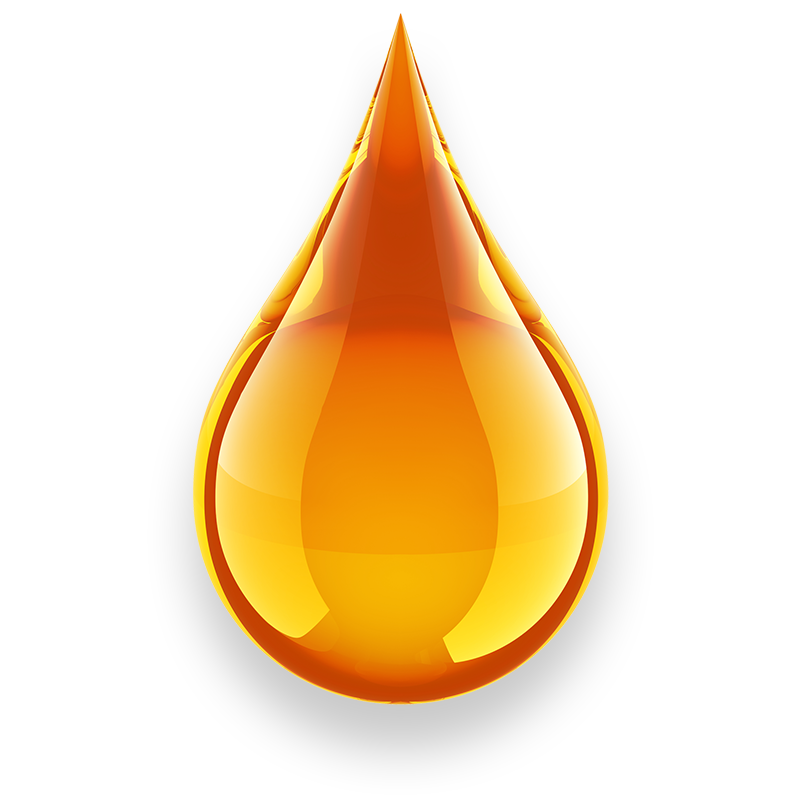
Phytochemical Composition
The main active ingredients of Thistle are the bioactive phlavonolignans, which are the complex mixture of silymarin. Most pharmacological and biochemical studies, according to WHO, have been made using solutions attributed to silymarin (i.e., with a specified amount of silymarin). Thus, it has been found that silimarin acts on the hepatocyte membranes preventing the entry of viral toxins and other toxic components, thereby preventing damage to these cells.
Similar Products

